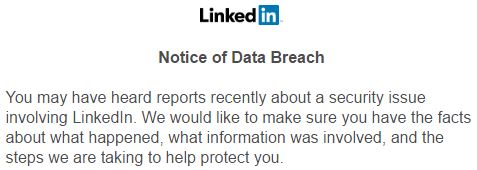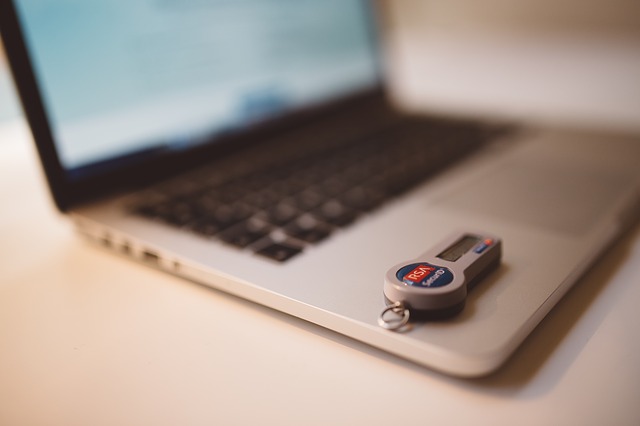Facebook, Twitter, LinkedIn, dating sites. It’s seems that just about anything is hackable these days. But most importantly, such breaches in security bring up ways in which users themselves can protect their accounts and their privacy. By changing certain settings on your social media accounts, you are limiting the amount of people that have access to your information and making certain information unavailable. Think about the information you make available online. What would happen if it got in the wrong hands?
LinkedIn was faced with a massive security breach and amid new developments, they have come forward to explain what happened. On Q Communications was notified by LinkedIn recently that a “Notice of Dat a Breach” was sent to its users after data stolen four years ago became available online. The network ensured users that this is not a new hack and that they had taken “immediate steps to invalidate the passwords of all LinkedIn accounts that [fusion_builder_container hundred_percent=”yes” overflow=”visible”][fusion_builder_row][fusion_builder_column type=”1_1″ background_position=”left top” background_color=”” border_size=”” border_color=”” border_style=”solid” spacing=”yes” background_image=”” background_repeat=”no-repeat” padding=”” margin_top=”0px” margin_bottom=”0px” class=”” id=”” animation_type=”” animation_speed=”0.3″ animation_direction=”left” hide_on_mobile=”no” center_content=”no” min_height=”none”][they] believed might be at risk.” To lower the chances of being a victim of a hacker it is crucial to not only be mindful of your security settings but also of the ways in which you handle your email accounts.
a Breach” was sent to its users after data stolen four years ago became available online. The network ensured users that this is not a new hack and that they had taken “immediate steps to invalidate the passwords of all LinkedIn accounts that [fusion_builder_container hundred_percent=”yes” overflow=”visible”][fusion_builder_row][fusion_builder_column type=”1_1″ background_position=”left top” background_color=”” border_size=”” border_color=”” border_style=”solid” spacing=”yes” background_image=”” background_repeat=”no-repeat” padding=”” margin_top=”0px” margin_bottom=”0px” class=”” id=”” animation_type=”” animation_speed=”0.3″ animation_direction=”left” hide_on_mobile=”no” center_content=”no” min_height=”none”][they] believed might be at risk.” To lower the chances of being a victim of a hacker it is crucial to not only be mindful of your security settings but also of the ways in which you handle your email accounts.
7 Ways to protect yourself online
- Use strong passwords that include numbers and characters and change them often. It is also best to not use the same password for multiple accounts.
- As LinkedIn has suggested, two-step verification is a great way to keep your passwords safe. This “requires a person to use more than one form of verification to access an account, usually by “knowing something” such as a password and by “having something” such as a mobile device.” Choose this option if your account offers you the choice.
- Check links on fishy emails by pasting it into a site such as URLVoid, for full links, or Sucuri, for shortened links. These links could be phishing scams that take you to a fake website and ask you to update personal information. They can also lead to websites that are full of malware.
- Be cautious of what you store in the cloud as you are essentially asking someone else to take care of your files. When you no longer need a file, delete it in all locations.
- Go through your privacy settings on all your social media accounts to make sure that they meet your needs. Many of these default settings are not as secure as they can be. For example, “who can look me up” and “who can look you up using the phone number you provided” is set to “everyone” by default.
- And just remember, if you don’t want your mom to see it, it shouldn’t be up there!
If you think that you may have been hacked, a great way to find out is by entering your email address at haveibeenpwned.com. It’s always a good idea to take preventative measures so follow our tips and stay safe online. Be aware of the information you share online and check your settings to control who has access.[/fusion_builder_column][/fusion_builder_row][/fusion_builder_container]

Leave a Reply